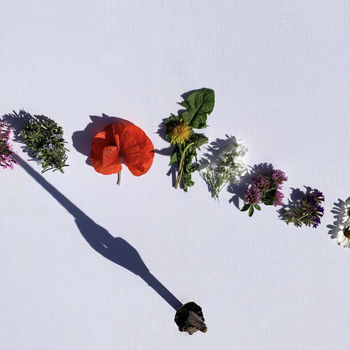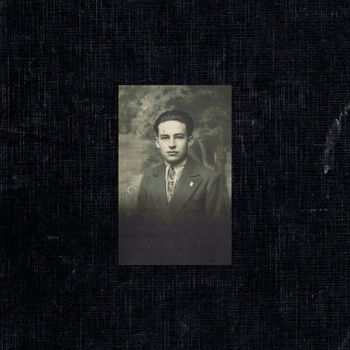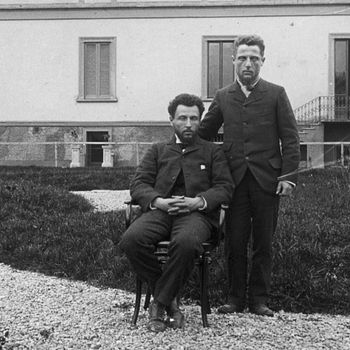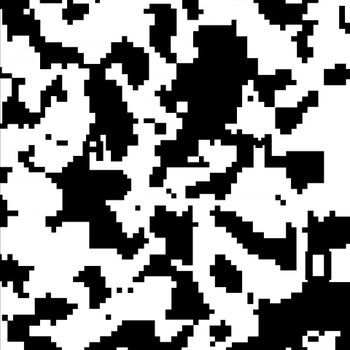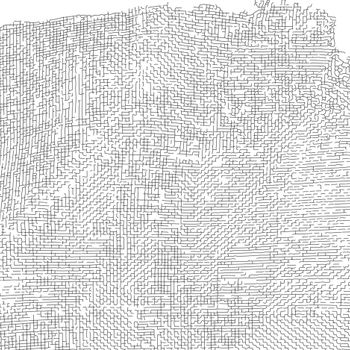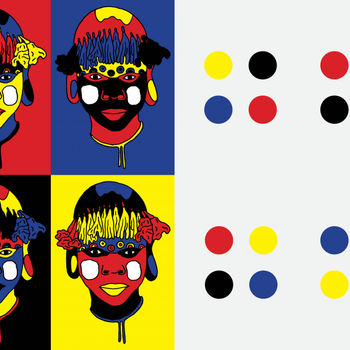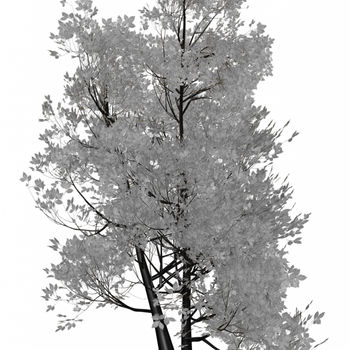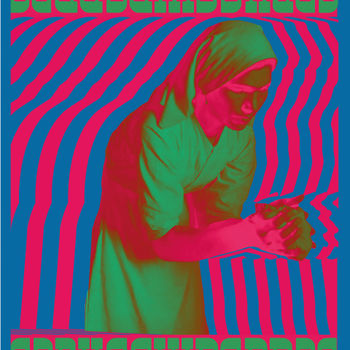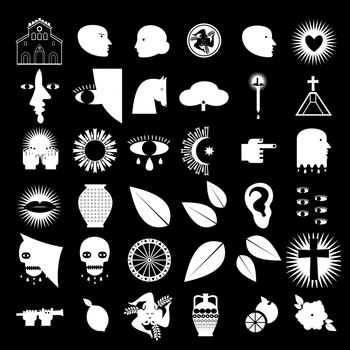Things that talk
The course aims to provide tools and method for the graphic design of the image for publishing through field research and the creation of prototypes.
Design is mainly intended as narrative, as the ability to reconstruct a logical narrative structure starting from a reasoned combination of acquired elements.
We are submerged by an immense quantity of images that are increasingly strident, disharmonious, screamed, multiform and disrespectful; they multiply daily, impose themselves everywhere and take possession of our lives, condition our choices.
When there is too much to see, we end up seeing nothing and paradoxically to see better we need to close our eyes. With our work we risk producing images that are fine in themselves, self-referential and meaningless, contributing to feeding this enormous anaesthetizing and deadly visual flow. The only way to come out of it is to learn how to “tell a story”. It is the whole story that can give meaning to every single image (W. Wenders).
Using design as if it were a story, a narrative capable of developing desires and nourishing hopes in people, without lacking in irony and a taste for paradox, opening up glimmers towards other possible worlds.
Think of the project as an “open work”, a project that lends itself to further elaboration, “as a configuration of stimuli endowed with a substantial indeterminacy, so that the user is induced to a series of readings that are always variable”.
What are we going to do?
Field survey: documenting vernacular architecture, drawing objects of material culture.
Reconciling craft practices with new technologies, digital prints, printing effects and staging.
To investigate reality with the tools of illustration and photography.
EXAM GUIDELINES
The teaching is organized in a workshop form with periodic and progressive verifications. The work of each student will consist of all the exercises carried out during the semester and the knowledge acquired through thematic presentations and the study of texts.
The exam is oral. Students will be asked to present the four assignments developed over the course of the module.
The required materials that students have to present for the exam are:
1. Tre piccole storie vegetali > an editorial artefact aimed at telling a vegetal story. Students were asked to interpret their stories taking one or more of the following proposed approaches: 1. historical or personal memory; 2. (historical) use of plants 3. Reseach methodology based on oral sources.
2. WS Scarabottolo > A digital editorial platform collecting and presenting a series of drawing tools created with found objects by the students during the lockdown.
3. WS Capuano > An individual editorial artifact that focuses its attention on cultural object, students’ projects have to comprise the following mandatory steps: – choose a plant(tree, flower etc.) or a representation/depiction/functional space (botany, collection, taxonomy, museum, garden and vegetable garden); – your choice might act as a cultural object/subject, document/monument, as a cultural/social depiction, as a symbol, as a proof/testament, as a signal to embody/symbolize a related concept as an idol; – personal biography of the object (e.g. palm seed symbolizes Leonardo’s birth and, at the same time, the plant capacity to adapt in a different context/place); – historical biography of the object what does the palm tree stand for? You have to sum-up all connected meanings of the palm throughout the history, different periods, origins, and so on; – final output – to produce between 16-64 pages editorial printed matter, comprising: the above mentioned personal biography, historical biography, iconographic material: a collection of images, either found or produced by you (pictures, drawigns, scheme, your photographic interpretation/manipulation of the object (still life, documentary, fashion, street photopgrapy and so on).
4. Erbario fantastico > A collective editorial artefact that collects fictional plants created by students (use the graphic template provided by the teachers).
5. Optional project (details of this assignment are up to the student and agreed with teachers during the semester).
